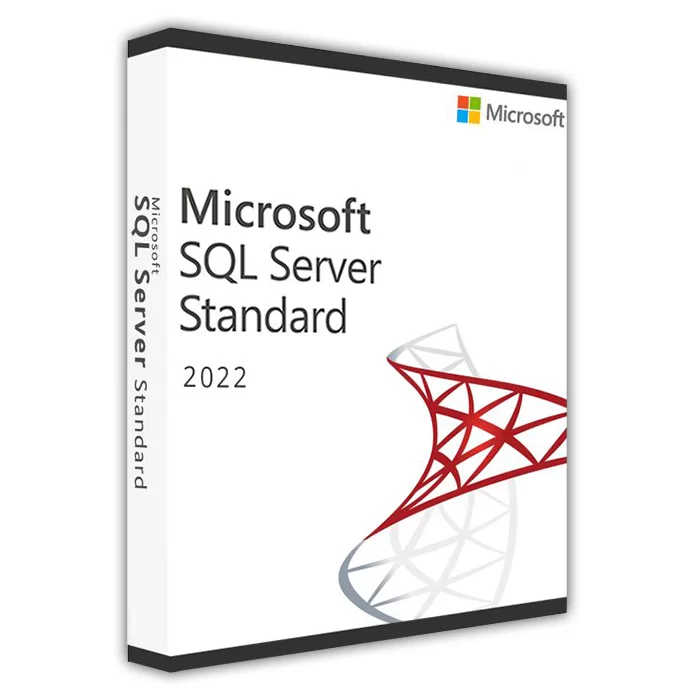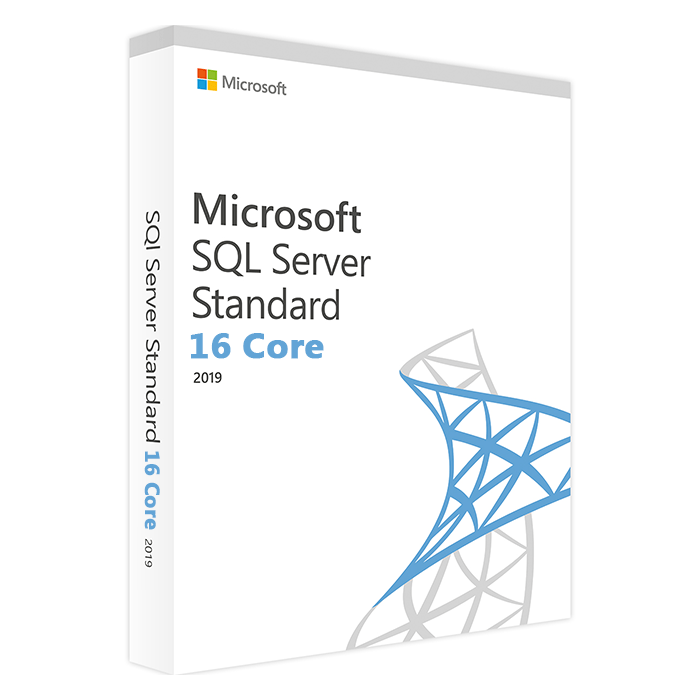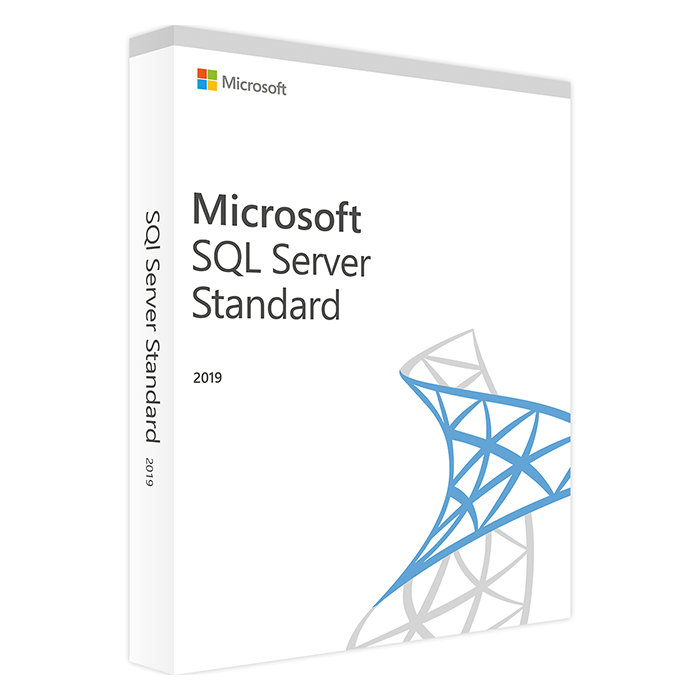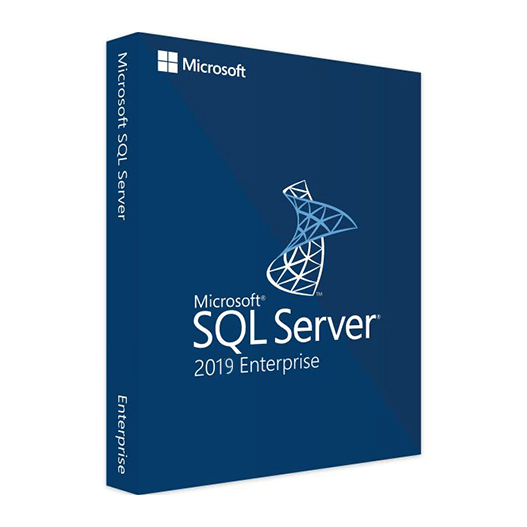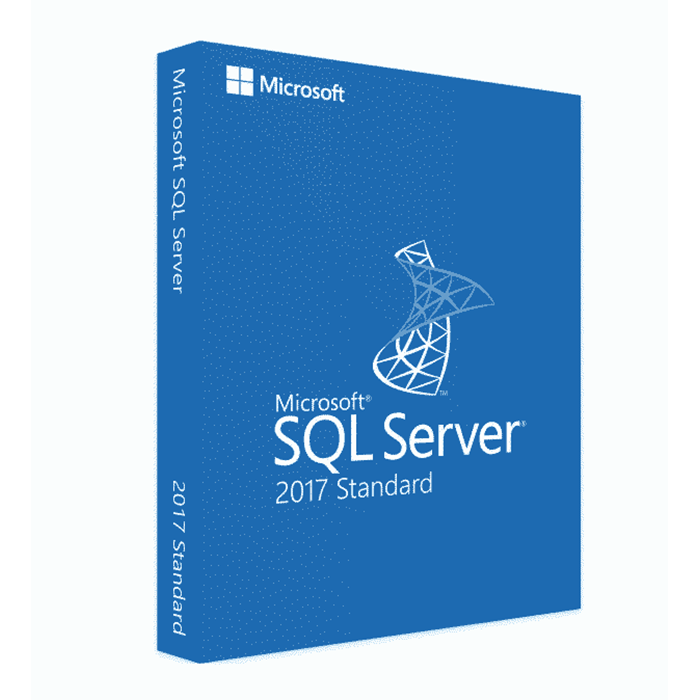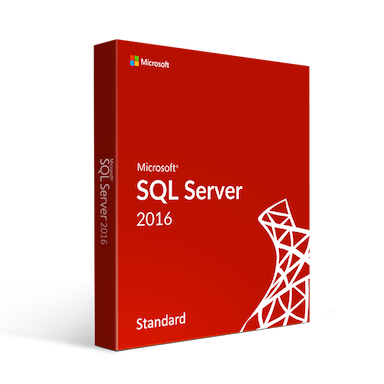Home » Securing Your SQL Server: Best Practices for Data Protection
Securing Your SQL Server: Best Practices for Data Protection
SQL Server is the backbone of many critical applications and stores valuable data. Ensuring its security is paramount to protect sensitive information from breaches and unauthorized access. Here, we delve into best practices for securing your SQL Server and safeguarding your data:
Role-Based Access Control
Implement a role-based access control (RBAC) model to restrict access to your SQL Server. Assign permissions based on job responsibilities, ensuring that users only have access to the data and functionalities they need.
Strong Authentication
Enforce strong authentication mechanisms, such as Windows Authentication or Multi-Factor Authentication (MFA). This ensures that only authorized users can access the SQL Server.
Regular Patching and Updates
Keep your SQL Server up to date with the latest patches and updates. Vulnerabilities in outdated software are prime targets for attackers. Implement a rigorous patch management process.
Encryption
Encrypt sensitive data at rest and in transit. Use Transparent Data Encryption (TDE) for data at rest and secure connections with SSL/TLS for data in transit.
Least Privilege Principle
Adhere to the principle of least privilege (PoLP) by granting users the minimum level of access required to perform their tasks. Regularly review and revoke unnecessary permissions.
Auditing and Monitoring
Enable SQL Server auditing to track user activity and changes to the database schema. Implement continuous monitoring to detect suspicious activity and potential security breaches.
Backup and Disaster Recovery
Regularly backup your SQL Server databases and store backups in secure, isolated locations. Develop a robust disaster recovery plan to ensure data availability in case of unforeseen events.
Security Updates and Best Practices
Follow SQL Server’s best practices for security, including enabling features like Dynamic Data Masking and Row-Level Security where appropriate. Stay informed about security updates and apply them promptly.
Network Security
Implement network security measures to protect against unauthorized access. Utilize firewalls, network segmentation, and Virtual Private Networks (VPNs) to secure SQL Server communication.
Security Assessments and Penetration Testing
Conduct regular security assessments and penetration testing to identify vulnerabilities in your SQL Server setup. Address and remediate any issues promptly.
Data Classification and Data Loss Prevention (DLP)
Classify your data based on sensitivity and implement data loss prevention policies to prevent the unauthorized transfer of sensitive information outside the organization.
Employee Training
Invest in cybersecurity training for your employees. Educate them about best practices, social engineering risks, and how to recognize and report security incidents.
Regular Security Audits
Perform regular security audits and assessments of your SQL Server infrastructure. This includes vulnerability scanning and penetration testing to identify and mitigate risks.
Compliance with Regulations
Ensure your SQL Server setup complies with relevant data protection regulations and industry standards, such as GDPR, HIPAA, or PCI DSS, as applicable.
Securing your SQL Server is not a one-time task; it’s an ongoing process. By implementing these best practices, you can establish a strong defense against potential threats and ensure the confidentiality, integrity, and availability of your data. Remember that a comprehensive security strategy involves a combination of technology, policies, and a vigilant workforce.
Recent posts
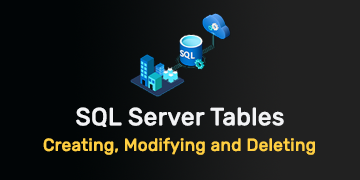
SQL Server Views: Simplifying Complex Queries
Explore SQL Server views to streamline complex queries, enhance data accessibility, and improve database management.

Introduction to SQL Server Triggers: Creating Automated Responses
Explore SQL Server triggers and learn how to create automated responses to database events for enhanced functionality.

SQL Server Tables: Creating, Modifying, and Deleting
Learn how to create, modify, and delete tables in SQL Server databases for effective data organization.
